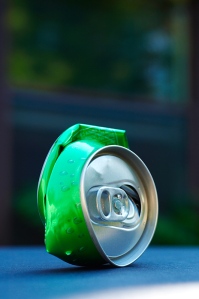
It’s no secret that sweet, sugary candies and drinks have an adverse effect of the health of your smile, but what about sour or tart candies? We at Tipton Orthodontics thought you might want to know what kind of an effect does eating or drinking something sour have on my smile?
Recent research from the Minnesota Dental Association suggests that the amount of acid in sour candies is enough to eat away at tooth enamel and cause cavities. Here are a few souring facts about sour candies, and some helpful tips on how to protect your teeth from Tipton Orthodontics (even if you cannot give up sour candies all together).
Facts
-Sour candies can be very acidic, and may actually burn the gums and cheeks, while weakening and wearing down the enamel on your teeth. (Check the acid levels in some of your favorite candies)
-It can take almost 20 minutes for the acid in sour candies to become neutral. Holding the acid in your mouth by sucking on sour hard candies or chewing sour gummies can keep the acid active for more than 20 minutes.
-The acid in sour candies can cause cavities and severe tooth decay.
Protect your teeth
-Limit the amount of sour candies that you eat on a daily basis, and if you do indulge, remember not to suck or chew on sour candies for long periods of time.
-After eating sour candies, rinse your mouth out with water, drink milk, or eat a couple slices of cheese. This will help neutralize the acid in your mouth (wait at least one hour before brushing your teeth with toothpaste, as this can actually increase the effects of acid on your teeth)
-If tooth erosion has already begun, ask your dentist about ways you can help reduce sensitivity and continue to protect your teeth.
Hope this helps! From Tipton Orthodontics.



